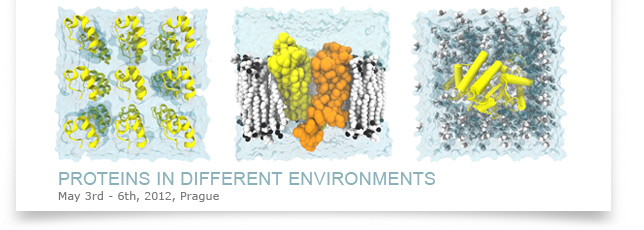ABOUT PRAGUE
 Prague, the capital of the Czech
Republic, is known as the "Jewel in the Crown" of Central Europe. Since the
Middle Ages the city has played a pivotal role in the development of the whole
region. Prague is widely recognised as one of the most beautiful cities in the
world and is now a major tourist centre.
Prague, the capital of the Czech
Republic, is known as the "Jewel in the Crown" of Central Europe. Since the
Middle Ages the city has played a pivotal role in the development of the whole
region. Prague is widely recognised as one of the most beautiful cities in the
world and is now a major tourist centre.
In 1992 the historical core of the city, an area covering 866 hectares, was listed in the UNESCO World Cultural & Natural Heritage Register.
Prague today is a vibrant city with fine restaurants, sightseeing and entertainment. The city has prospered since the fall of communism and with the entry to the E.U. Prague now has an exciting future, as it regains its eminent position in Central Europe.
 The backbone of Prague is the
river Vltava. Also history is centred around it, as are the steps of visitors,
who admire the city's most important sites from along its banks.
The backbone of Prague is the
river Vltava. Also history is centred around it, as are the steps of visitors,
who admire the city's most important sites from along its banks.
Prague has been the official seat of the Lands of the Czech Crown, a rich Central
European state, for 1100 years permanently. In its heyday the Czech
empire extended from the Baltic Sea to the Mediterranean. As early as 965 AD,
the Arab diplomat, Ibrahim ibn Jakub, surprisingly writes about Prague in his
travel log:
"The City of Prague is built of stone and limestone and trade makes it the
richest of all."
Since that time Prague is the home of buildings that carry man across time.  The
symbol of the Czech state, the Prague Castle, reaches back deep into the
country's history. The castle complex features a mixture of a Romanesque
basilica, a Gothic cathedral, and a Baroque palace, in addition to modern
representative interiors from the 20th century.
The
symbol of the Czech state, the Prague Castle, reaches back deep into the
country's history. The castle complex features a mixture of a Romanesque
basilica, a Gothic cathedral, and a Baroque palace, in addition to modern
representative interiors from the 20th century.
In the Mala Strana area, just below the Castle, lies a Baroque town with dozens of awe-inspiring palaces, impressive churches, and picturesque, little streets. On the other side of the river the well-preserved Gothic Old Town is situated with the sharp lines of its town hall and church spires and its silent little squares.
Prague is above all else a city of secrets and mystery. Each street in the Old
Town has its ghosts. Around midnight a headless knight allegedly rides on his
horse in one street. Somewhere else a fiery man moves about and a woman in
white walks along the walls of the castle fortifications in the light of a full
moon.
In the Jewish Quarter the legend of the Golem originated. The Golem is a figure considered to have been created from soil in the Middle Ages by Rabbi Löw. Also genius of secrets of the modern world, and analyst of its relations and mechanisms, Franz Kafka (1883 - 1924), lived in this environment. Today a small square named after the famous author and the Franz Kafka Centre occupy this site. The Centre houses Kafka's written works and the story of his life.
For more information please see:
www.prague.cz
http://www.praguewelcome.cz/en/








